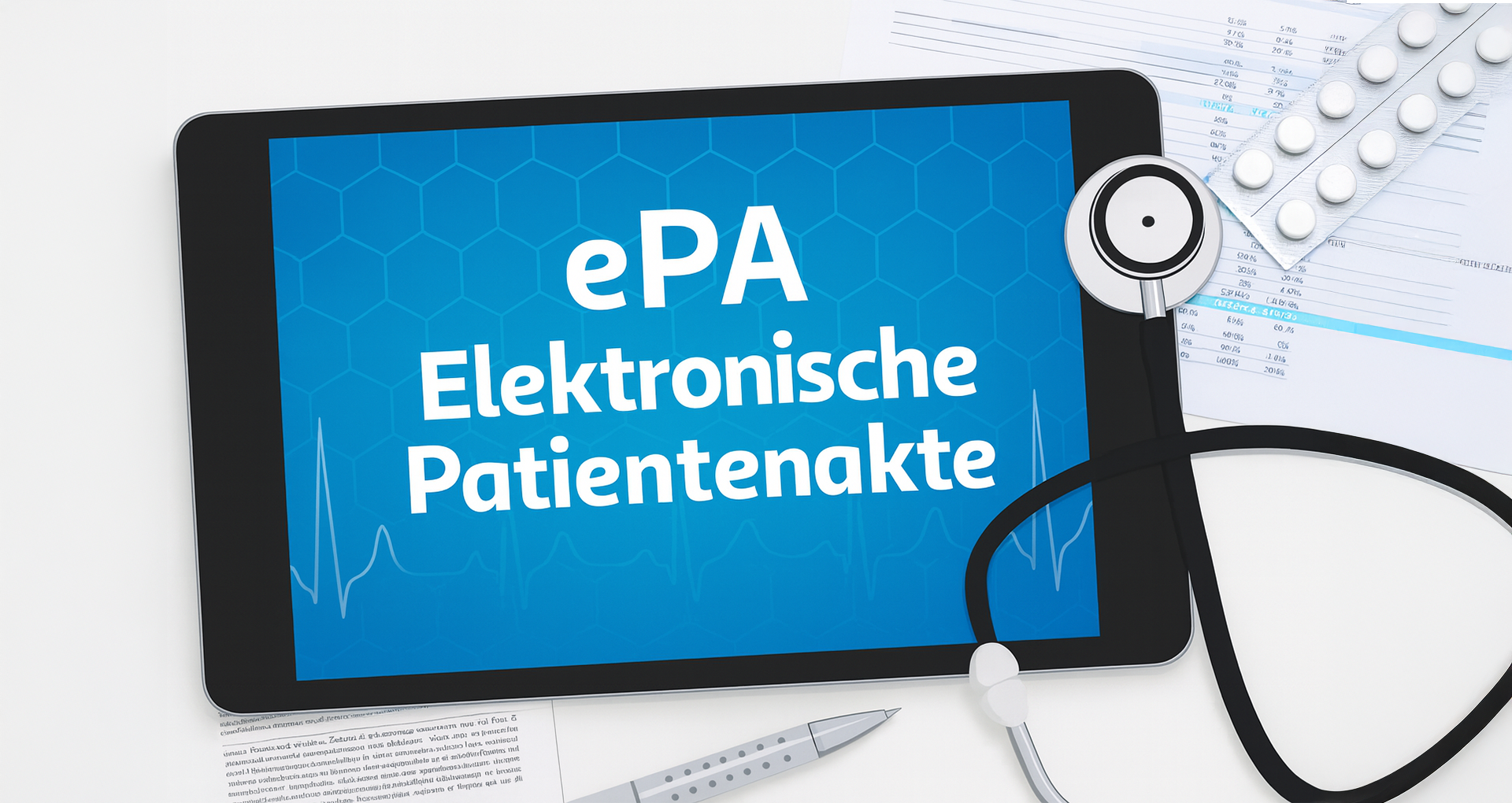
Monday, August 18, 2025
Electronic Health Record: 100 days after launch, adoption grows only slowly – lack of information remains key hurdle
On April 29, 2025, Germany’s electronic health record (ePA) was launched nationwide – and after 100 days, the first review is sobering. A dpa survey of TK, AOK, and Barmer shows: of around 44 million created records, only 1.2 million are actively used.
A representative survey commissioned by Pharma Deutschland and conducted by Civey confirms this trend. While more than 75 percent of respondents are now aware of the ePA, this figure has remained nearly unchanged since April. The share of actual users has risen from 11.9 to 16.2 percent, but overall usage remains low.
According to Pharma Deutschland, major hurdles include complicated registration processes, technical issues, and insufficient communication. In addition, many insured persons are still unfamiliar and insecure when dealing with digital healthcare applications.
Dorothee Brakmann, CEO of Pharma Deutschland, comments:“The slow increase in user numbers shows that the current communication measures have not reached many insured persons. The existing reservations about the ePA could not be reduced in the first three months. For many, the concrete added value of the electronic health record in everyday life is still not tangible.”
For the association, however, the ePA remains a crucial step toward digitalization of the German healthcare system. In the medium to long term, it is expected to make treatment and care significantly more efficient and provide greater transparency for patients.
Brakmann adds: “That user numbers are only slowly increasing may seem disappointing at first glance. But it is essential to remain patient and continue to intensify communication. If medical information can be consolidated in a structured way, everyone benefits: insured persons gain valuable transparency, doctors are relieved of administrative burden, duplicate tests and gaps in information can be avoided. This makes healthcare more efficient, supports prevention, and lays the foundation for a modern, patient-centered healthcare system.”
Regional differences are striking: while 19.6% of respondents in Hamburg already use the ePA, only 11.3% do so in Thuringia. Overall, despite slight growth, the ePA continues to fall short of expectations.








